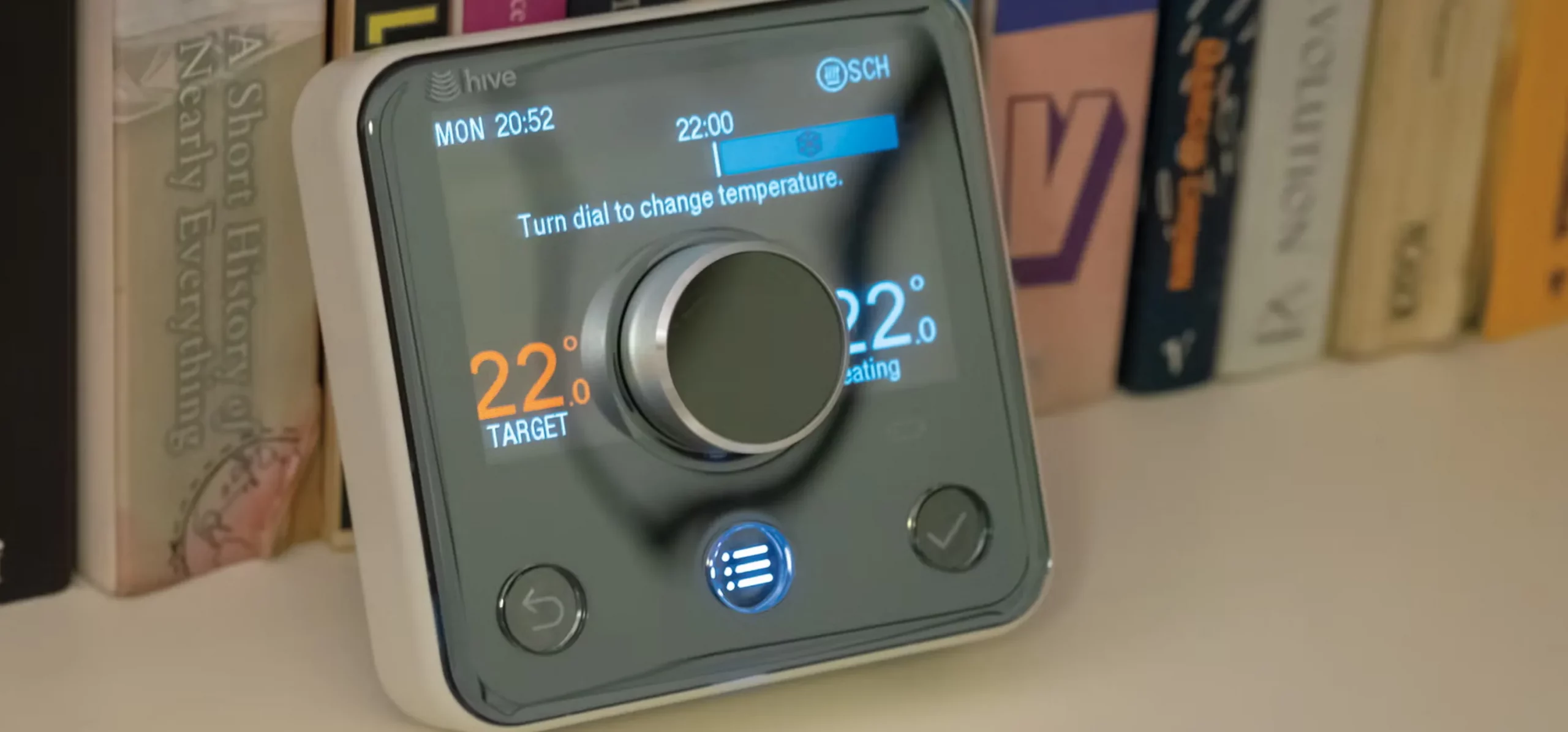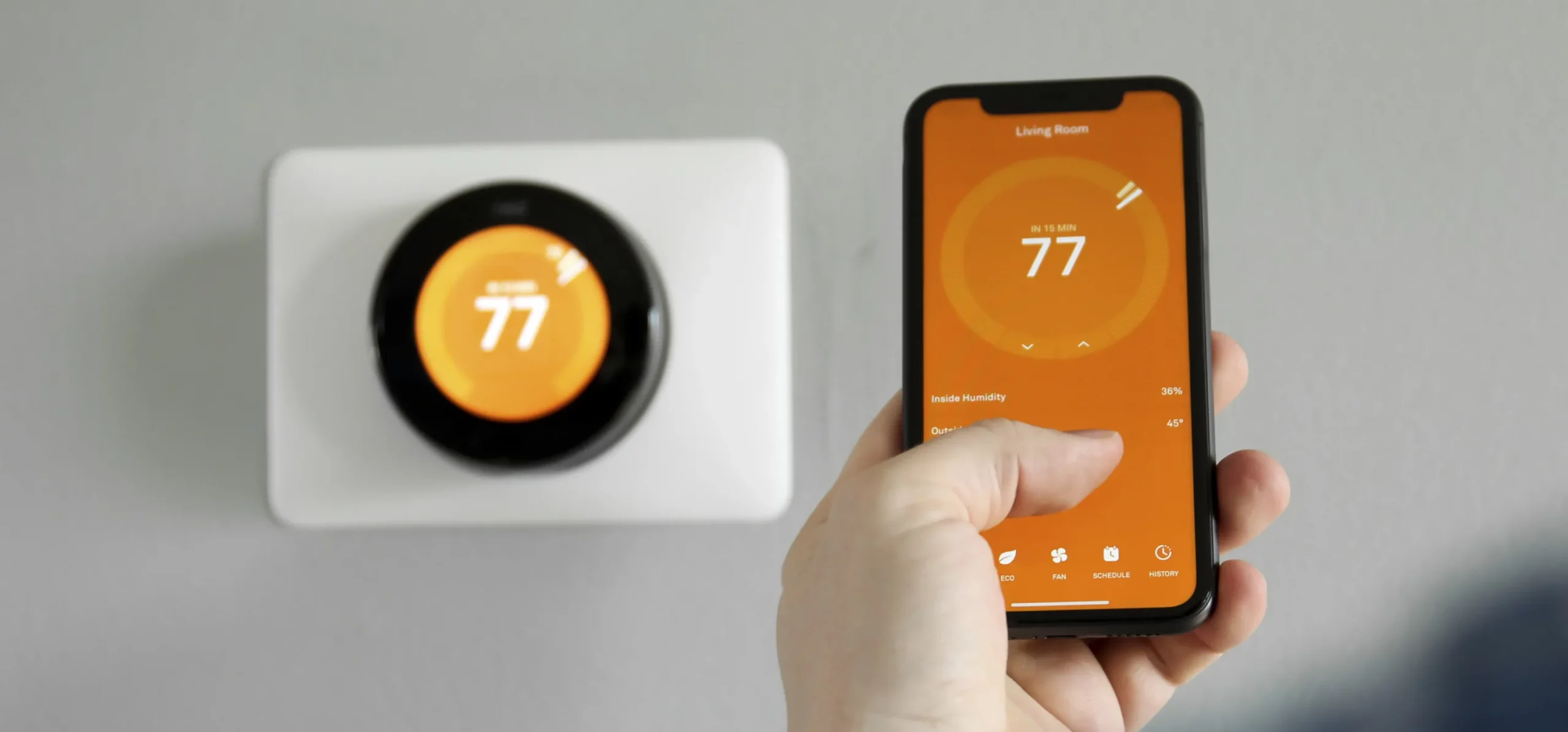Understanding Smart Thermostats

Smart thermostats are advanced temperature control devices that help manage your home’s heating and cooling systems more efficiently than traditional thermostats. Here’s a breakdown of their key features and benefits:
What Is a Smart Thermostat?
A smart thermostat connects to your Wi-Fi network and allows you to control your home’s temperature settings remotely via smartphone apps, voice assistants (like Alexa, Google Assistant, or Siri), or even web interfaces. It also uses sensors, algorithms, and sometimes geolocation to learn your habits and optimise heating/cooling.
Key Features
1 Remote Control
• Adjust temperature settings from anywhere using your phone or tablet.
2 Learning Capabilities
• Some models (e.g., Nest Learning Thermostat) learn your schedule and preferences over time, automatically making adjustments.
3 Energy Monitoring
• Track energy usage and get tips on how to reduce consumption and costs.
4 Smart Scheduling
• Set custom schedules that match your lifestyle, or let the thermostat adapt automatically.
5 Geofencing
• Uses your phone’s location to detect when you’re home or away and adjusts the temperature accordingly.
6 Voice Control
• Integrates with voice assistants so you can change the temperature with simple commands.
7 Zoning Capabilities
• Some smart thermostats can control temperatures in different zones or rooms if paired with compatible sensors.

Benefits
• Energy Efficiency: Reduces heating and cooling when not needed, lowering energy bills.
• Convenience: Automates temperature control for comfort without constant manual input.
• Customisation: Provides granular control over your environment and schedules.
• Alerts and Maintenance Reminders: Notifies you of temperature extremes, HVAC issues, or maintenance needs.
Popular Brands
• Hive
• Tado
• Honeywell Home
• Google Nest
• ecobee
• Emerson Sensi
• Amazon Smart Thermostat
Things to Consider Before Buying
• Compatibility with HVAC system
• Wi-Fi requirements
• Installation process (DIY vs professional)
• Smart home ecosystem integration
• Budget vs features
